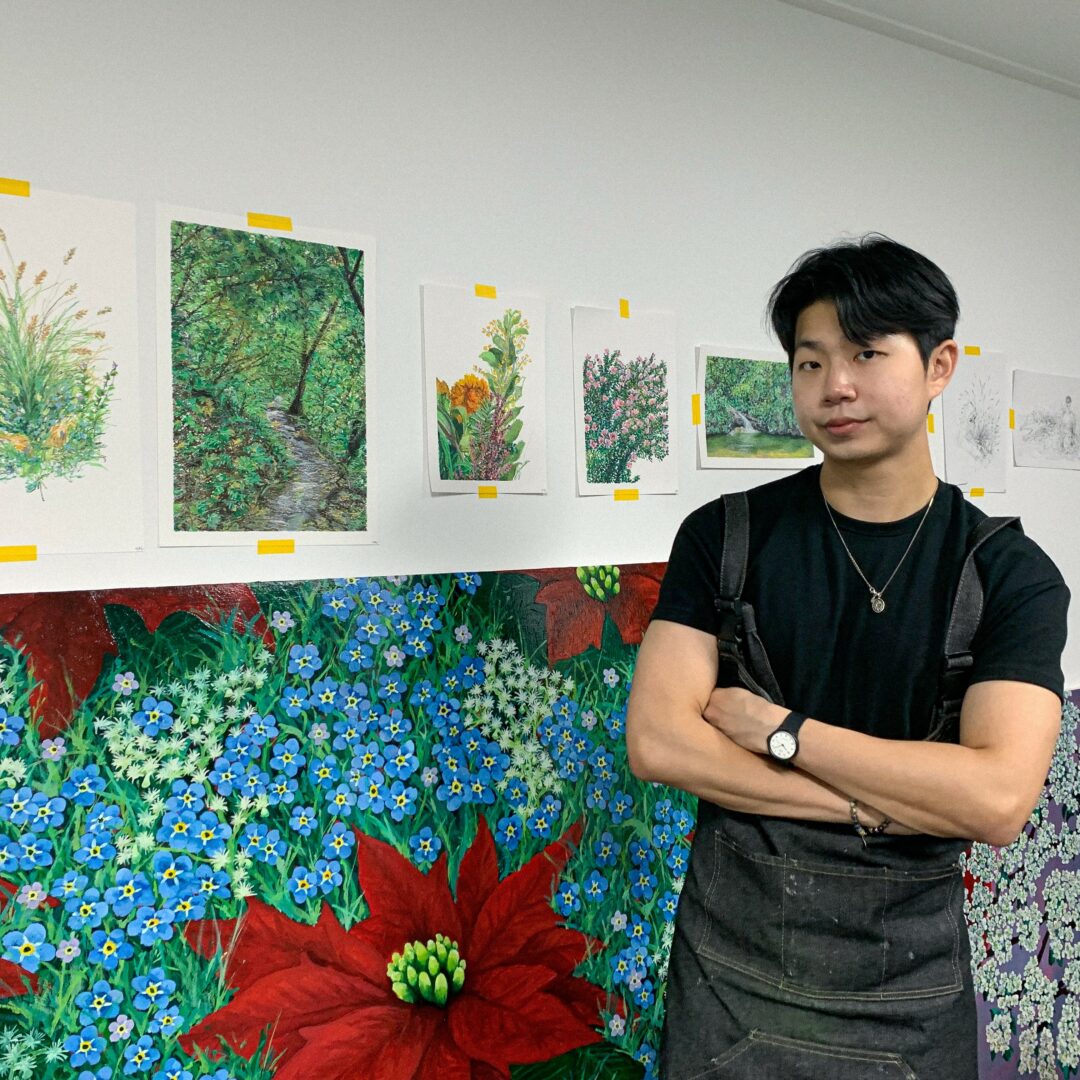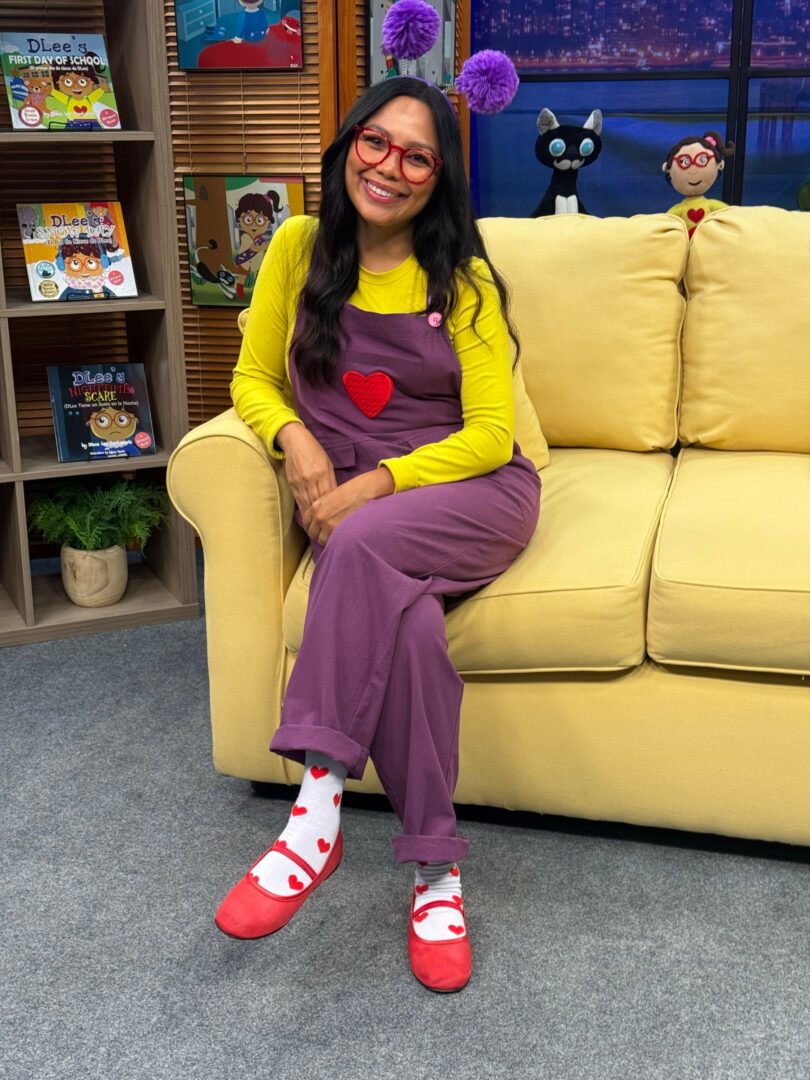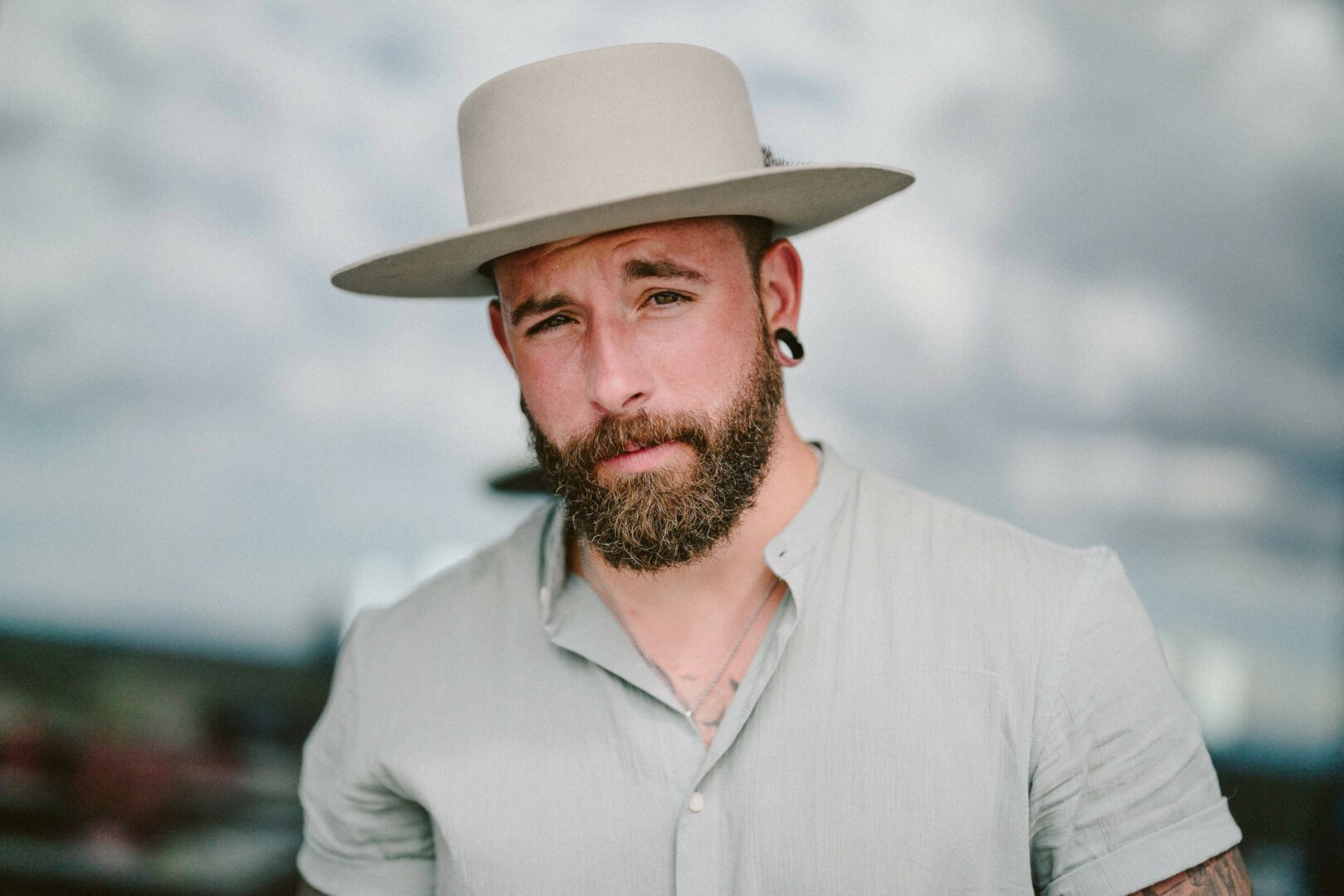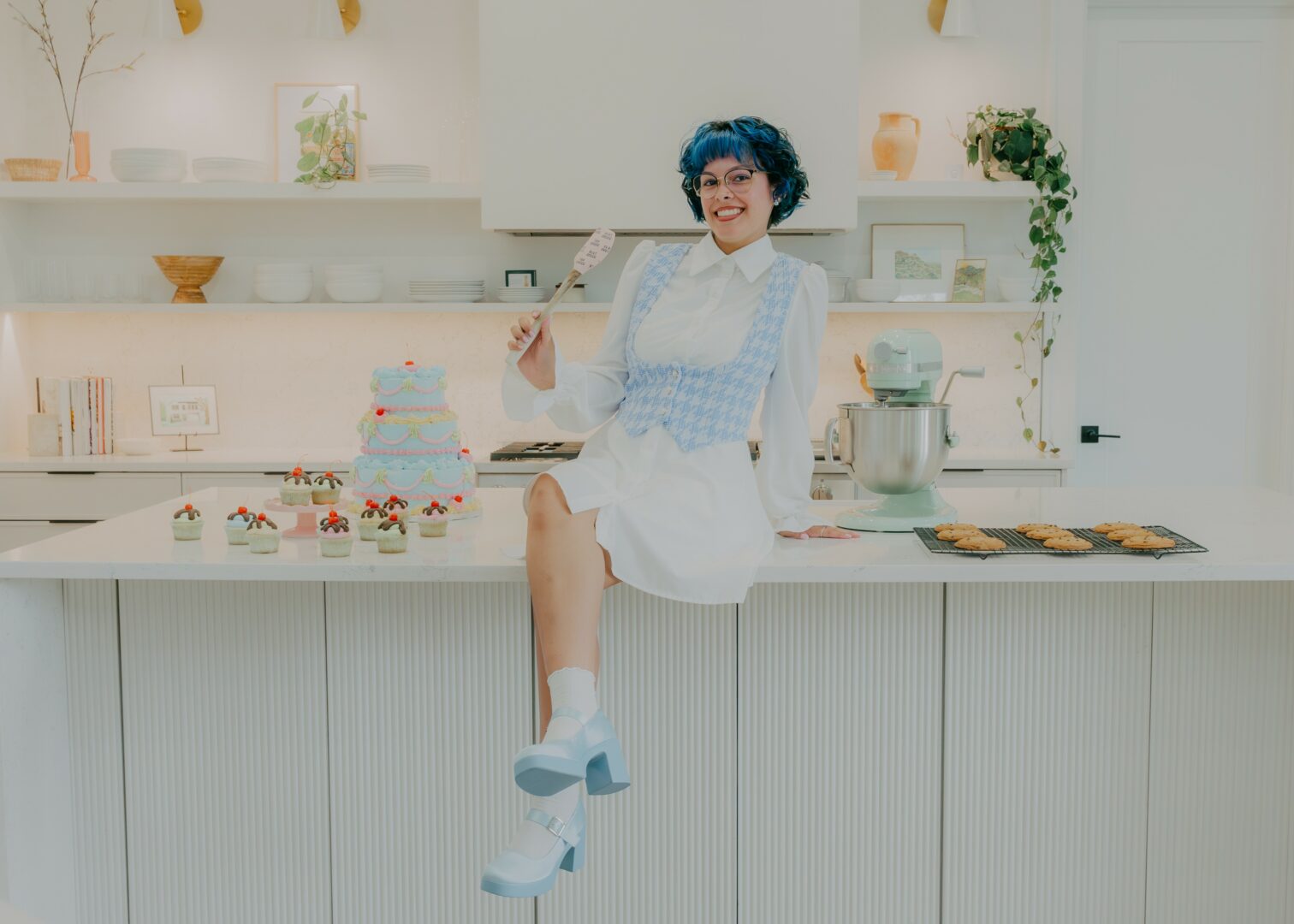Alright – so today we’ve got the honor of introducing you to Kimin Kim. We think you’ll enjoy our conversation, we’ve shared it below.
Kimin, so great to have you with us and we want to jump right into a really important question. In recent years, it’s become so clear that we’re living through a time where so many folks are lacking self-confidence and self-esteem. So, we’d love to hear about your journey and how you developed your self-confidence and self-esteem.
I gradually developed my confidence through consistently working, reflecting, and staying connected to the core of why I do creative practice. It didn’t come from external validation but from learning to trust my approach and process, especially during moments of uncertainty. I believe confidence comes from validation, but from trusting yourself in what you can express and represent. Being in the studio, making decisions through trial and error, and allowing myself to fail and try again externally and internally helped me understand that doubt is a natural part of growth.
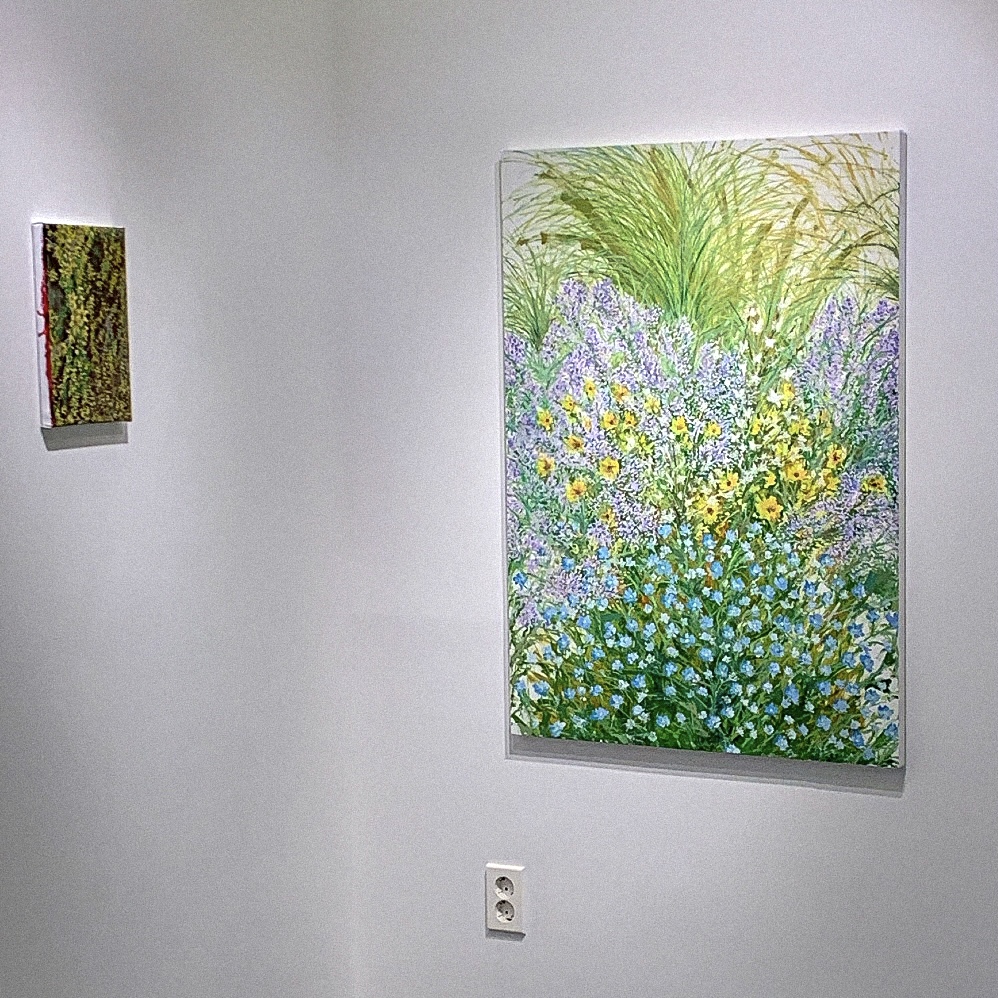
Let’s take a small detour – maybe you can share a bit about yourself before we dive back into some of the other questions we had for you?
I’m a painter originally from Korea who now lives and works in Brooklyn. My creative practice centers on painting and drawing and expands and experiments into sculptural formats. My work engages with the emotional weight of memory and cultural identity, often using botanical imagery, symbolic materials, and layered surfaces to reflect on themes such as inherited trauma, mourning, and grief. I approach visual art as a space where these complex histories can be felt and interpreted throughout the visual and formal languages of painting.
What I value most in my practice is its ongoing development, the way it allows me to explore personal experiences while opening up connections across broader cultural and historical contexts. Exhibiting in both New York and Seoul has been key, revealing how the work functions differently depending on place, yet still holds onto its cultural specificity. These experiences deepened my understanding of how painting can carry significance across distance while remaining grounded in its origins.
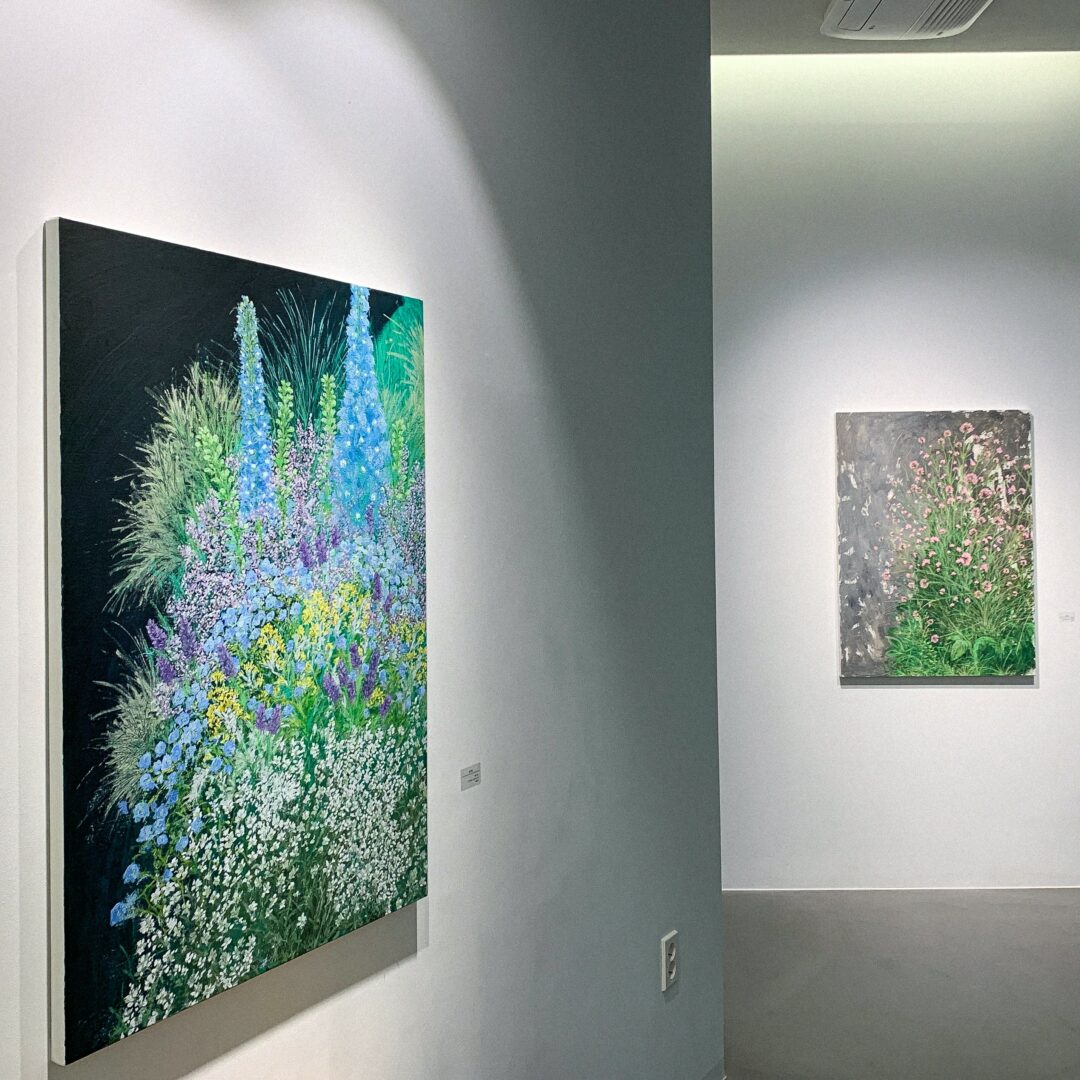
If you had to pick three qualities that are most important to develop, which three would you say matter most?
The three qualities that have been most impactful in my journey, looking back, are persistence, sensitivity to context, and the ability to work through ambiguity.
Persistence has been the most essential, not just in terms of productivity, but in continuing to show up for the studio even when outcomes are unclear or any validation is absent. It takes time to build a practice that feels natural and sustainable, and that process isn’t always linear and can be emotionally stressful. I believe that allowing yourself the space to stay with your questions, even when the answers are very slow to arrive, is the way to keep going.
Sensitivity to the context of your concepts, cultural, historical, and emotional, has also been crucial to grow as a visual artist. Understanding the sociopolitical weight of certain symbols, gestures, and materials has helped me build work that feels specific and grounded. This comes from continuous research, observation, and reflection. I believe for a creative journey, the artist needs to stay curious, not just about what they’re making, but about the histories and systems surrounding their work.
Finally, learning to navigate uncertainty and even use it, which correlates with persistence but with a stronger sense of resilience. Doubt is not something to eliminate; it’s something to work with. The ability to keep moving through ambiguity and to trust the process rather than forcing clarity is one of the inevitable outcomes that you have to face as you pursue your journey as an artist, which can be attractive but also challenging at the same time.
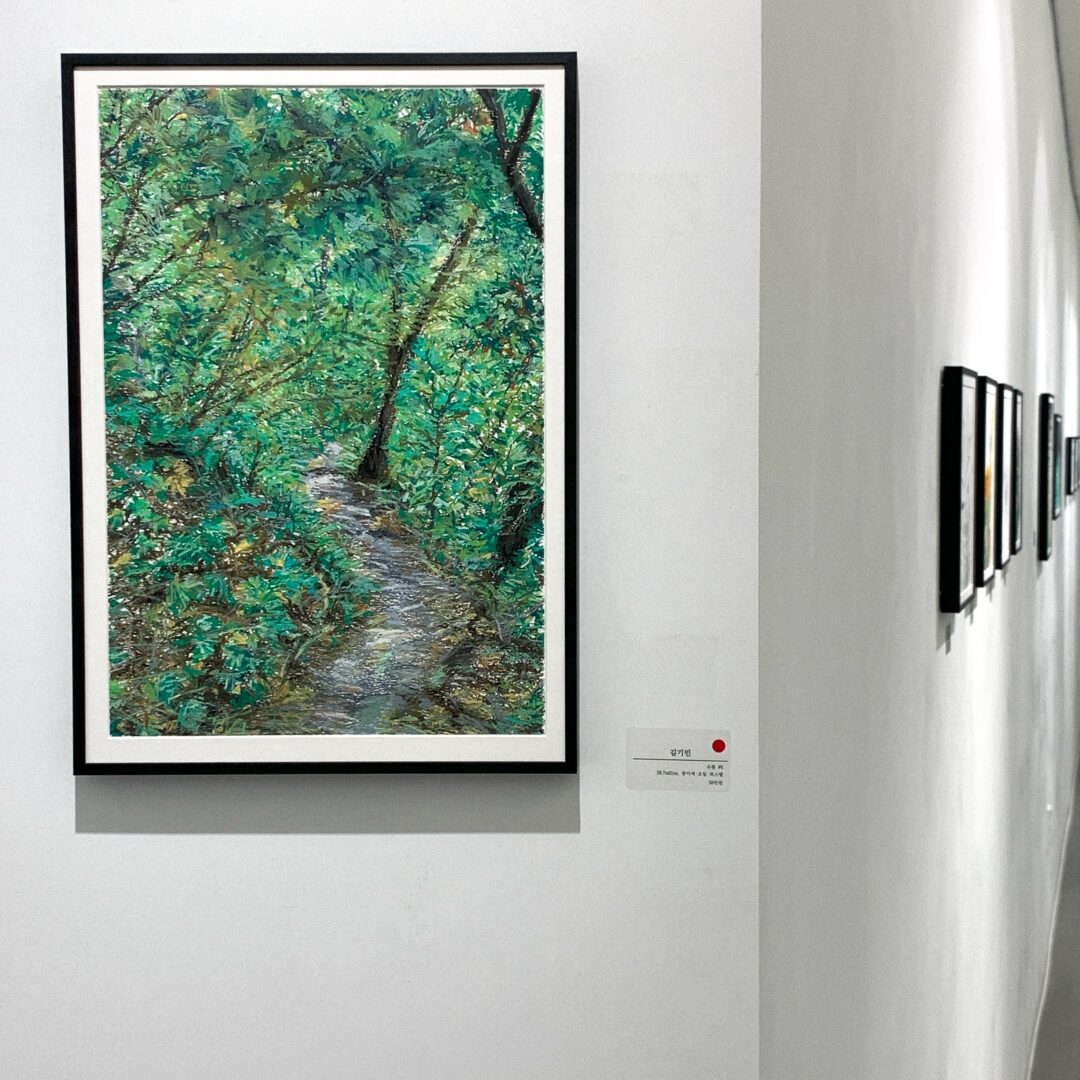
Looking back over the past 12 months or so, what do you think has been your biggest area of improvement or growth?
Over the past year, one of the biggest areas of growth in my practice has been learning how to trust the process more fully and to let the work develop intuitively without holding onto control over the outcome. I’ve become more confident in uncertainty, allowing the materials, gestures, and emotional shifts to guide the direction of the work. That’s been a meaningful transition for me, especially as someone who often begins with solid initial sketches. Instead of trying to hold the result, I’ve focused more on being present in the making, allowing the surface, texture, and repetition to carry meaning in ways that feel more embodied.
At the same time, I’ve also gotten clearer about how I position and speak about the work, especially across different audiences and cultural contexts like New York and Seoul. This has helped me better understand how the personal and collective elements in my work revolve around in different settings and how to hold space for multiple interpretations without losing the specificity of my intent. This past year has been less about expanding outside and more about going deeper, refining how I work, why I make, and what feels necessary to hold onto.
Contact Info:
- Website: https://kiminkim.cargo.site/
- Instagram: @kiminii__
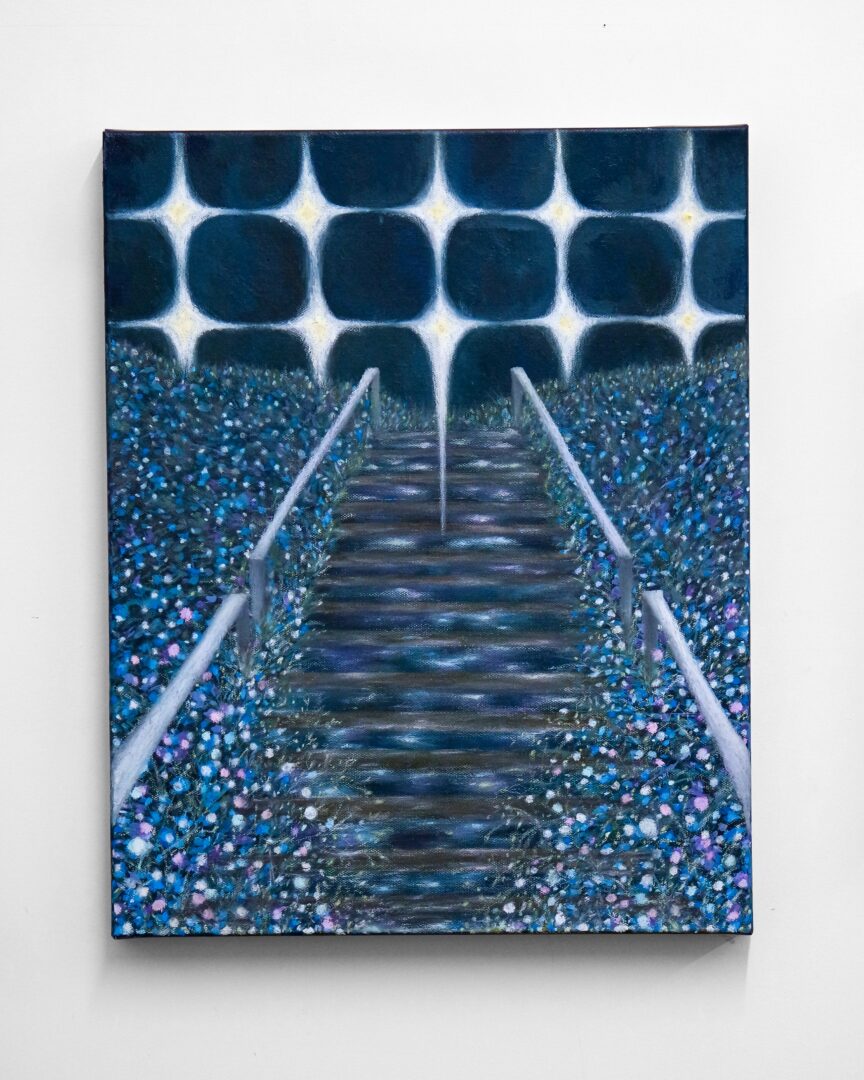
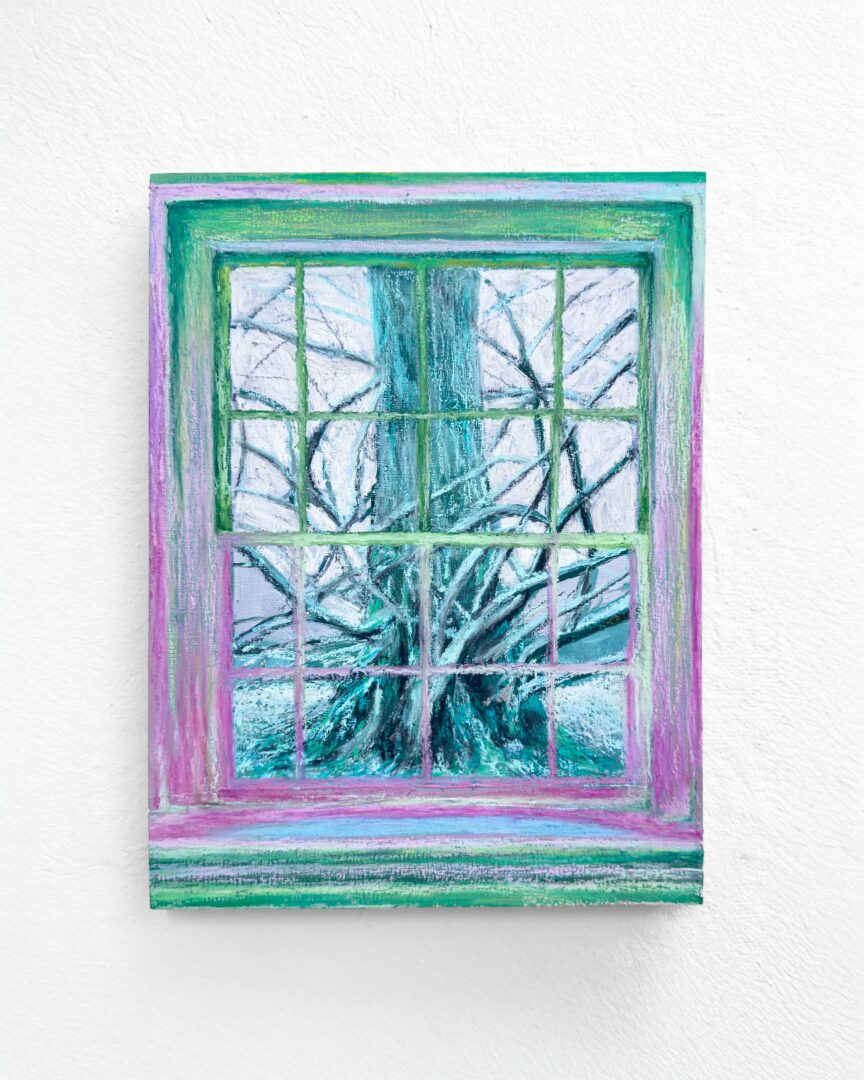
so if you or someone you know deserves recognition please let us know here.

